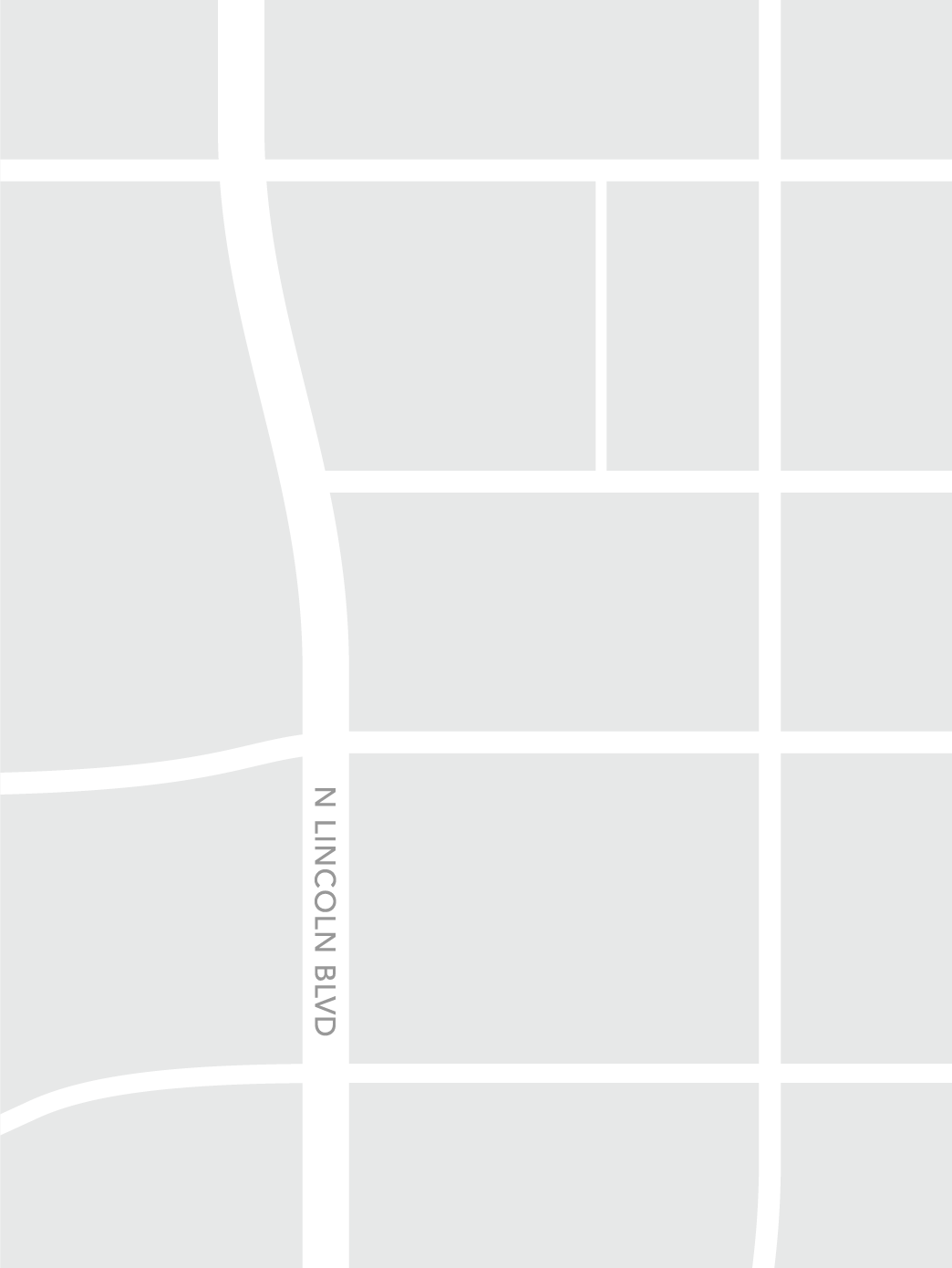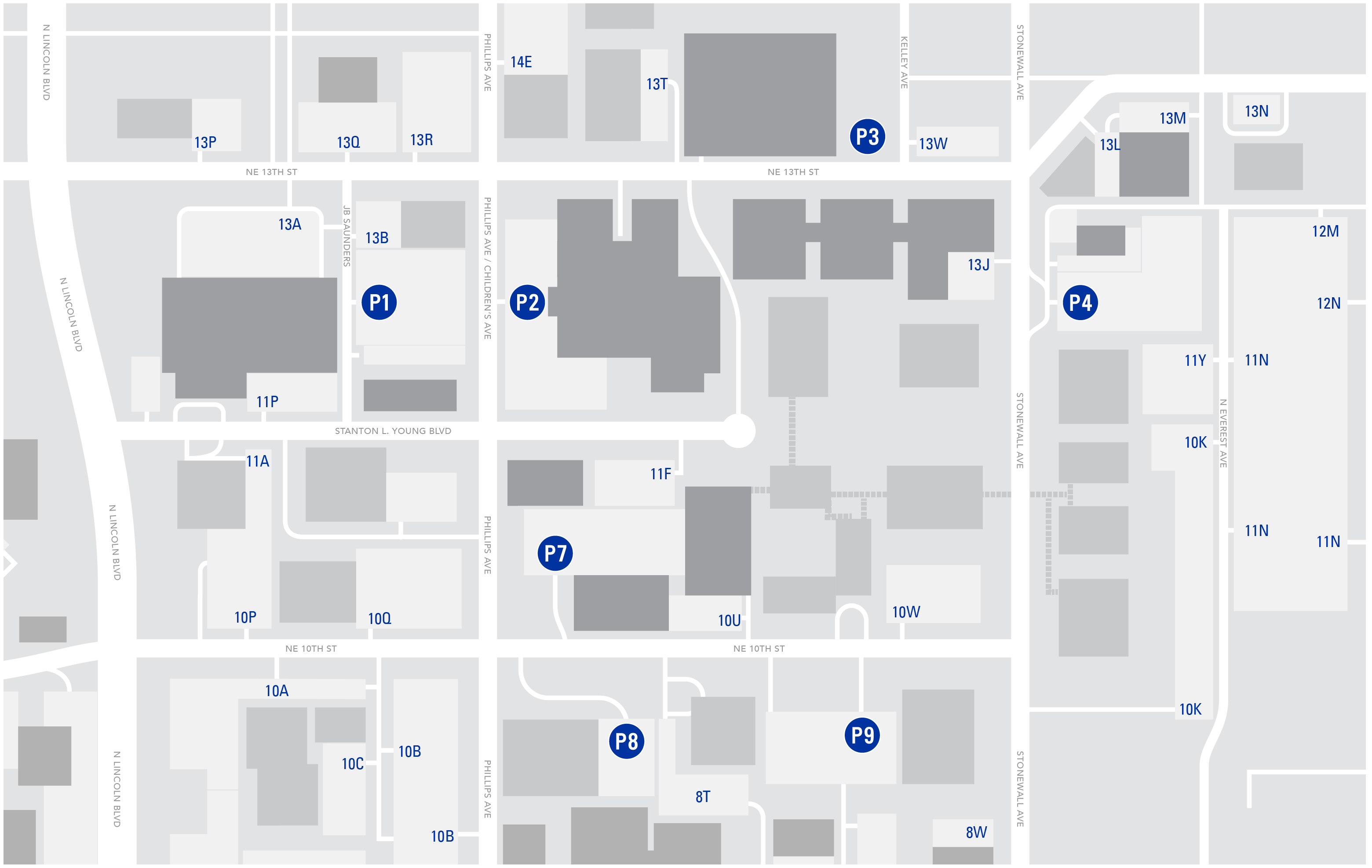From Lincoln Boulevard, the thouroughfare of our campus, the street names/numbers are the first iconic step for drivers to find the right destination. These entry points to campus are emphasized by the new signs near intersections to help funnel traffic from Lincoln into naturally formed zones that will help overall traffic flow. Check out these “zones” below.


Signs at 13th Street direct patients and visitors to all hospitals and emergency rooms for adult, children and VA.


Signs at SL Young and 10th Street direct patient traffic to clinics and other health services, leaving 13th open for all hospital-specific traffic.


Signs at 8th Street direct students and other visitors to most OUHSC academic buildings, creating space for patient traffic on other streets.



